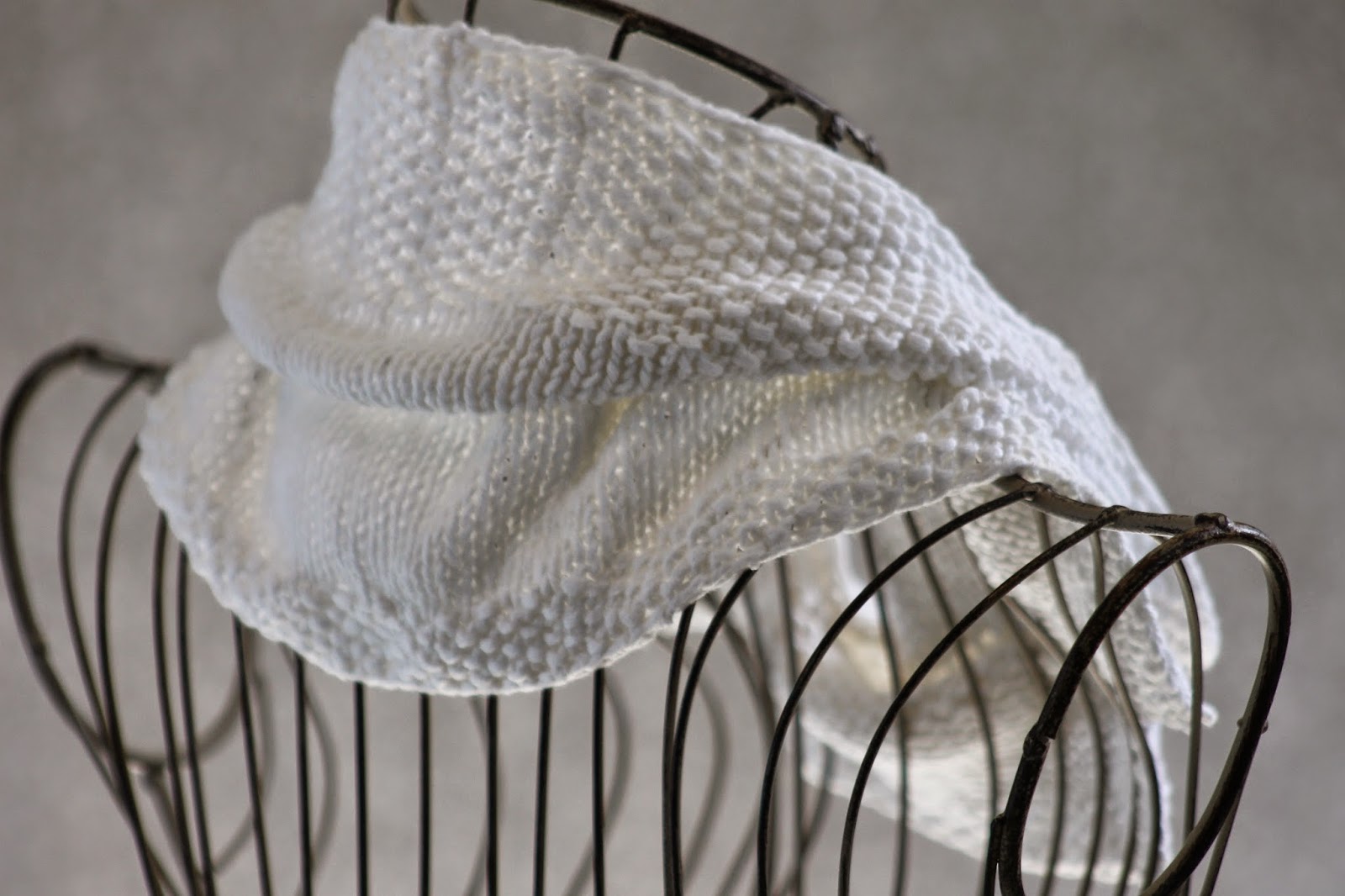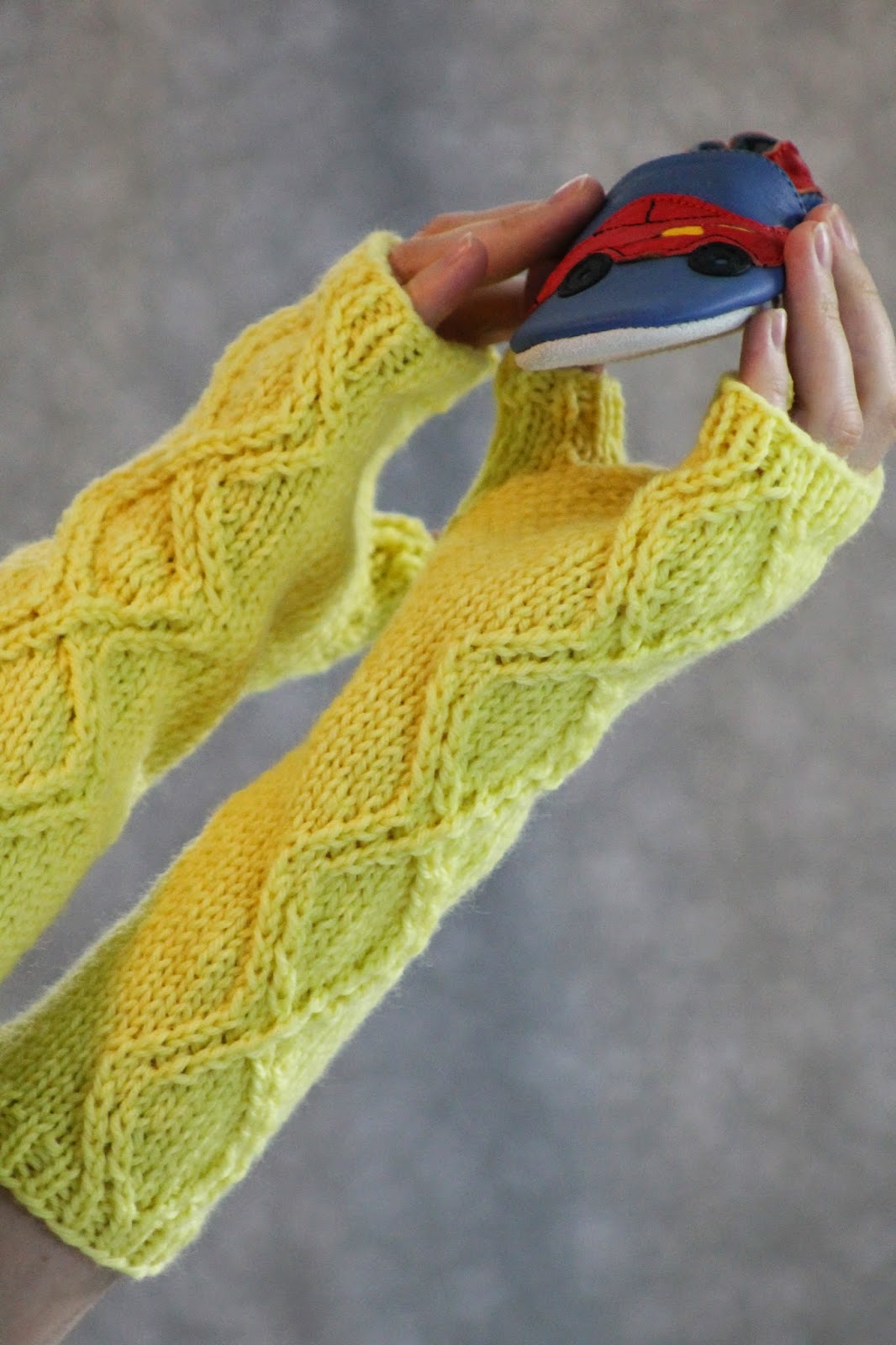 |
| Coin & Medallion Hat |
Everything about this hat was inspired by the yarn, since the color strikes me as a perfect match for the coin and medallion cables. And not only is this stuff a gorgeous shade, it also has a lovely feel, as buttery as the hue. I will note, however, that if you're making this hat for a larger-headed person, you will probably want to use a slightly heavier weight worsted, or even a light chunky (think more like 16 stitches per four inches). You can size your needles up as needed.
Yarn: Malabrigo Worsted (100% Merino Wool; 210 yards [192 meters]/100 grams); #022 Sauterne – one skein
Needles: one 16" circular needle in size US 9, one 16" circular needle in size US 6, one set of double pointed needles (dpns), also in size 9, and one cable needle (cn)
Notions: Tapestry needle, 3 stitch markers
Edit as of 3/07/15: Raveler sandeleh has very kindly created charts for this hat, which you can find as images at the bottom of this post. The only note is that the cables in the chart do not contain twisted stitches, while as in the written pattern, they do. You can twist or not twist at your leisure. Also, row 1 of the chart is the ribbing row - you will, naturally, want to repeat it more than once, as directed. And please just email if you want a bigger version of the charts (ballstothewallsknits@gmail.com). Thanks again sandeleh!!! :)
So let's get started! Using your size 6 needle, cast on 96 stitches, place marker, and join in round. Then we'll work on the ribbing row, as follows:
Ribbing Row: * k1, p1, (k2, p2) twice, k2, p1, (k2, p2) twice, k2, p1 *
Knit this ribbing row until piece measures about 1 1/4", and then switch to your size 9 needle. Now, it's time to begin our main pattern, which is a combination of Coin Cable and a modified version of Tyrolean Medallion, from Barbara G. Walker's A Treasury of Knitting Patterns (on pages 261 and 247, respectively). To do these, let's first define some terms.

















































